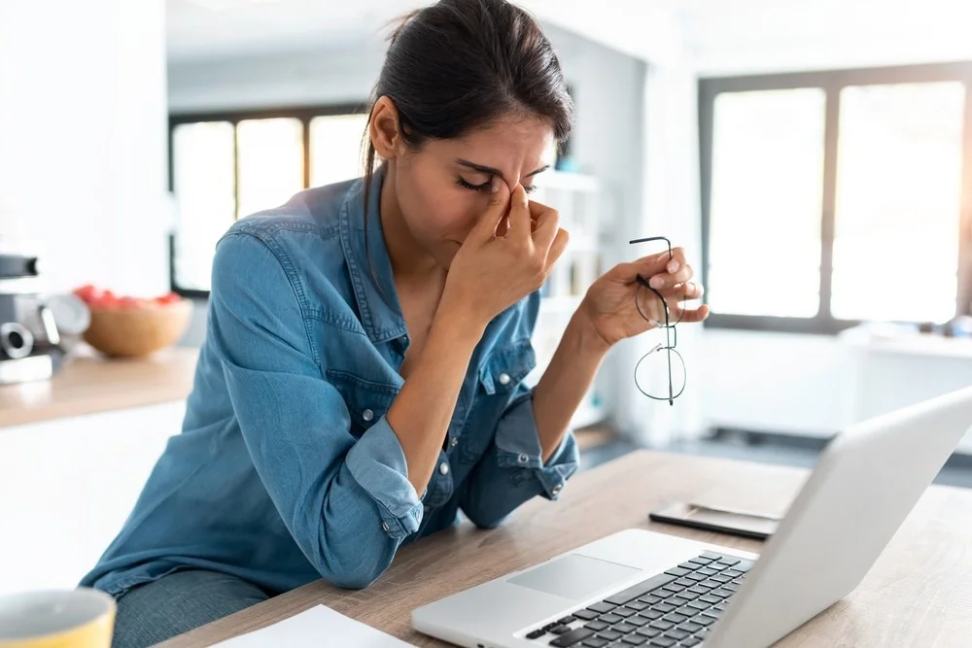Max66, Arsgroup777, ARS Group Exchange: Technology has become an integral part of our daily lives, providing us with convenience, connectivity, and endless opportunities. However, this constant exposure to screens and digital interactions can have a profound impact on our mental health. Research suggests that excessive use of technology, especially social media, can contribute to feelings of loneliness, anxiety, and depression. The constant barrage of notifications and the pressure to present a curated version of ourselves online can lead to a heightened sense of inadequacy and comparison, negatively affecting our overall well-being.
Moreover, the blue light emitted by screens can disrupt our sleep patterns, leading to difficulties in falling asleep and getting quality rest. The digital world operates at a fast pace, bombarding us with information and stimuli that can overwhelm our minds and leave us feeling mentally drained. This constant state of being “plugged in” can hinder our ability to relax and unwind, exacerbating stress and impacting our mental health in the long run.
Understanding the Connection Between Technology Use and Mental Well-being
Technology has become an integral part of our daily lives, impacting our mental well-being in both positive and negative ways. Excessive use of technology, such as smartphones and social media, has been linked to increased feelings of anxiety, depression, and loneliness among individuals. The constant exposure to digital screens and the pressure to constantly stay connected can lead to a decrease in overall mental health.
On the other hand, technology also provides valuable resources for mental well-being, such as mental health apps, online therapy sessions, and mindfulness tools. These digital tools can help individuals manage stress, track their emotional well-being, and access professional support when needed. It is important for individuals to find a balance in their technology use and incorporate healthy habits to safeguard their mental health in today’s digital age.
Tips for Establishing Healthy Boundaries with Technology
Ars247, Wazeerexch, Peachexch: When establishing healthy boundaries with technology, it is essential to designate specific times during the day where technology use is limited or completely avoided. This could be during meals, before bed, or during designated relaxation time. Setting these boundaries can help create a healthier balance between technology use and personal well-being.
Additionally, it is important to turn off notifications or put devices on silent during focused tasks or during social interactions. By minimizing distractions from technology, individuals can fully immerse themselves in the present moment and engage more effectively in various activities. This practice not only improves productivity but also promotes mindfulness and overall mental well-being.
• Establish specific times during the day to limit or avoid technology use
• Designate technology-free zones such as during meals, before bed, or relaxation time
• Creating a healthier balance between technology use and personal well-being
• Turn off notifications or put devices on silent during focused tasks or social interactions
• Minimize distractions from technology to fully engage in the present moment
• Improve productivity and promote mindfulness for overall mental well-being
How does technology impact mental health?
Technology can impact mental health in various ways, such as increasing stress, anxiety, and feelings of isolation. It can also disrupt sleep patterns and lead to decreased productivity.
What is the connection between technology use and mental well-being?
Excessive use of technology can lead to negative impacts on mental well-being, such as addiction, decreased social interactions, and a lack of presence in the moment. It is important to establish healthy boundaries with technology to maintain a positive mental state.
How can I establish healthy boundaries with technology?
Some tips for establishing healthy boundaries with technology include setting designated times for device use, limiting screen time, taking breaks from technology, and engaging in offline activities. It is important to prioritize self-care and mindful technology use.

